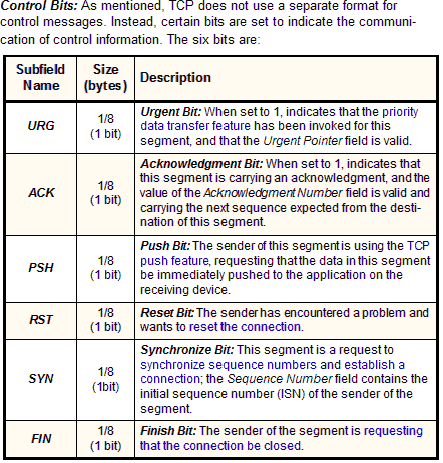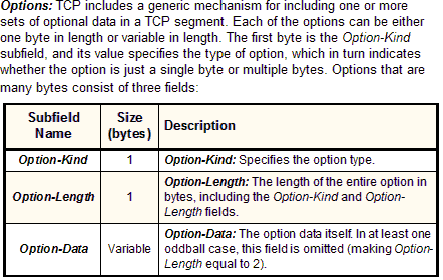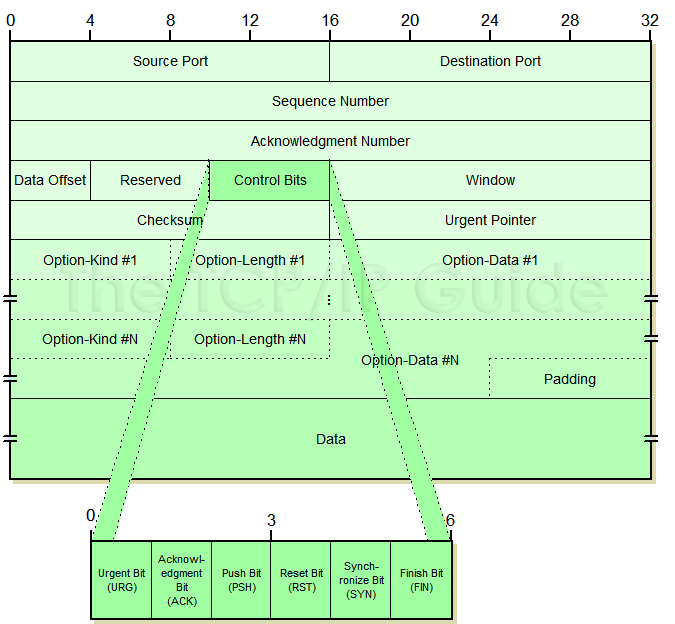 |
|
Please Whitelist This Site?
I know everyone hates ads. But please understand that I am providing premium content for free that takes hundreds of hours of time to research and write. I don't want to go to a pay-only model like some sites, but when more and more people block ads, I end up working for free. And I have a family to support, just like you. :)
If you like The TCP/IP Guide, please consider the download version. It's priced very economically and you can read all of it in a convenient format without ads.
If you want to use this site for free, I'd be grateful if you could add the site to the whitelist for Adblock. To do so, just open the Adblock menu and select "Disable on tcpipguide.com". Or go to the Tools menu and select "Adblock Plus Preferences...". Then click "Add Filter..." at the bottom, and add this string: "@@||tcpipguide.com^$document". Then just click OK.
Thanks for your understanding!
Sincerely, Charles Kozierok
Author and Publisher, The TCP/IP Guide
|
|
|

Custom Search
|
|
TCP Message (Segment) Format
(Page 3 of 4)
TCP Segment Format
The format for TCP messages (segments) is described fully in Table 156 and Figure 216.
Field Name |
Size (bytes) |
Description |
Source Port |
2 |
Source Port: The 16-bit port number of the process that originated the TCP segment on the source device. This will normally be an ephemeral (client) port number for a request sent by a client to a server, or a well-known/registered (server) port number for a reply from a server to a client. |
Destination Port |
2 |
Destination Port: The 16-bit port number of the process that is the ultimate intended recipient of the message on the destination device. This will usually be a well-known/registered (server) port number for a client request, or an ephemeral (client) port number for a server reply. |
Sequence Number |
4 |
Sequence Number: For normal transmissions, the sequence number of the first byte of data in this segment. In a connection request (SYN) message, this carries the initial sequence number (ISN) of the source TCP. The first byte of data will be given the next sequence number after the contents of this field, as described in the topic on sequence number synchronization. |
Acknowledgment Number |
4 |
Acknowledgment Number: When the ACK bit is set, this segment is serving as an acknowledgment (in addition to other possible duties) and this field contains the sequence number the source is next expecting the destination to send. See the topic describing TCP data transfer for details. |
Data Offset |
1/2 |
Data Offset: Specifies the number of 32-bit words of data in the TCP header. In other words, this value times four equals the number of bytes in the header, which must always be a multiple of four. It is called a “data offset” since it indicates by how many 32-bit words the start of the data is offset from the beginning of the TCP segment. |
Reserved |
3/4 |
Reserved: 6 bits reserved for future use; sent as zero. |
Control Bits |
3/4 |

|
Window |
2 |
Window: Indicates the number of octets of data the sender of this segment is willing to accept from the receiver at one time. This normally corresponds to the current size of the buffer allocated to accept data for this connection. This field is, in other words, the current receive window size for the device sending this segment, which is also the send window for the recipient of the segment. See the data transfer mechanics topic for details. |
Checksum |
2 |
Checksum: A 16-bit checksum for data integrity protection, computed over the entire TCP datagram plus a special “pseudo header” of fields. It is used to protect the entire TCP segment against not just errors in transmission, but also errors in delivery. Optional alternate checksum methods are also supported. |
Urgent Pointer |
2 |
Urgent Pointer: Used in conjunction with the URG control bit for priority data transfer. This field contains the sequence number of the last byte of urgent data. See the priority data transfer topic for details. |
Options |
Variable |

|
Padding |
Variable |
Padding: If the Options field is not a multiple of 32 bits in length, enough zeroes are added to pad the header so it is a multiple of 32 bits. |
Data |
Variable |
Data: The bytes of data being sent in the segment. |
|
|
| |||||||||||||||||||
Home - Table Of Contents - Contact Us
The TCP/IP Guide (http://www.TCPIPGuide.com)
Version 3.0 - Version Date: September 20, 2005
© Copyright 2001-2005 Charles M. Kozierok. All Rights Reserved.
Not responsible for any loss resulting from the use of this site.







